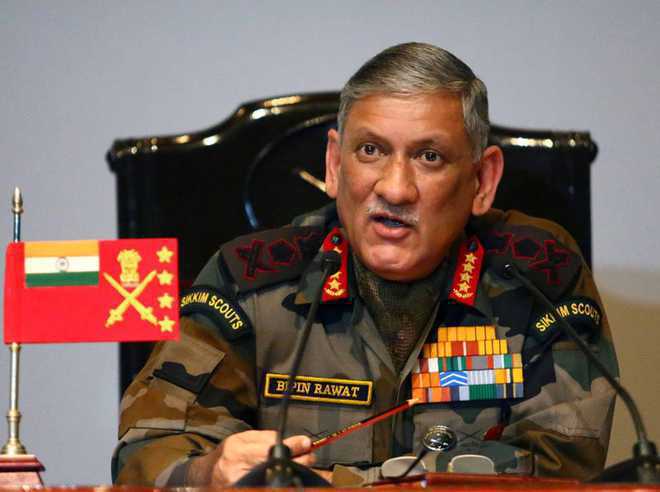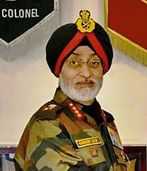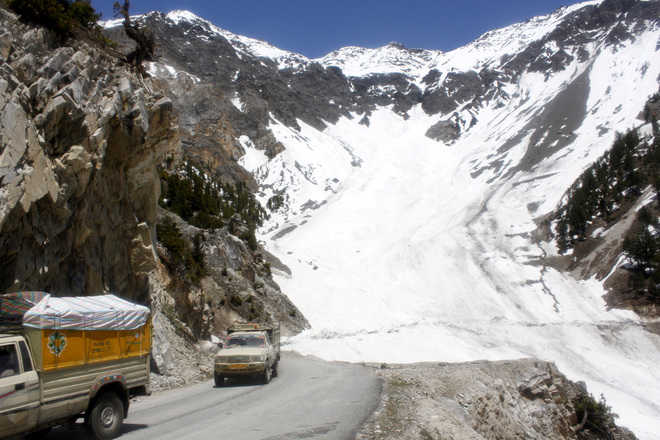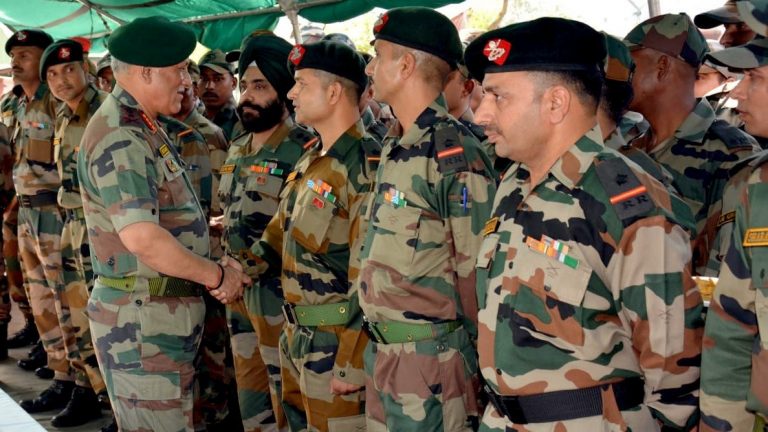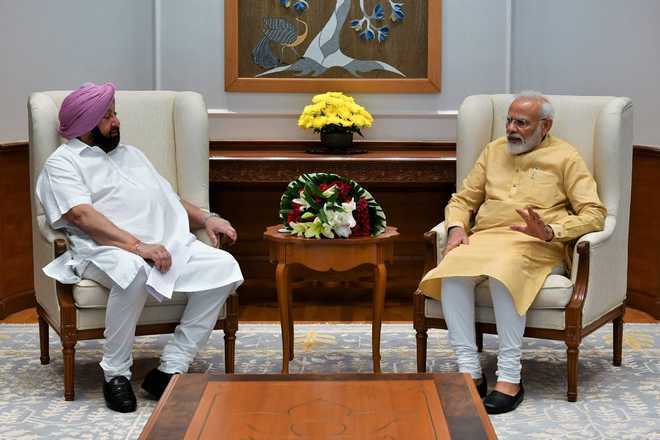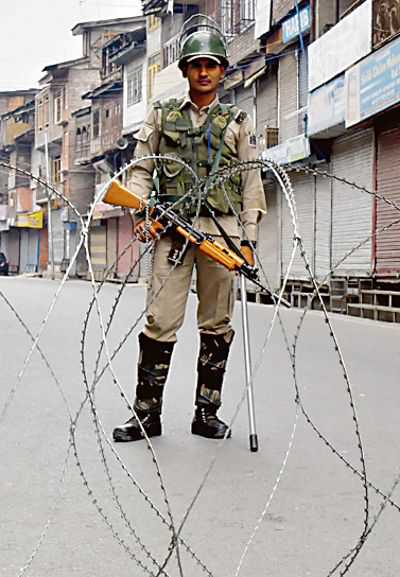New Delhi, October 17
Intelligence agencies have alerted the government that at least five ISI-backed Pakistan terrorists, highly trained, are placed in Nepal to infiltrate into India either through Uttar Pradesh or Bihar border ahead of Diwali, sources said.
Sources in the agencies said telephonic intercepts of conversations between the terrorists in Nepal and their handlers in Pakistan suggest they have a plan to strike in India in a big way with the help of a few of the home-grown Kashmiri militants, who will meet them in Delhi.
Their last location was found to be near Gorakhpur on Nepal border, but for a few days they stayed at Beerganj, near Raxaul border in Bihar. Officials in the MHA said following the input, a high alert has been issued across the country.
On Wednesday, several defence bases in Jammu and Kashmir and Punjab were put on orange alert after intelligence inputs suggested a group of terrorists is planning to target these, they said, adding a general alert had already been issued on August 5, when the government took the decision to do away with special status to J&K under Article 370.
In the last week of September, the multi-agency centre that collates data and inputs from human intelligence, radio intercepts and other sources had indicated that 60 terrorists had infiltrated into India since the government’s decision on Article 370, but most of them could manage through LoC. — TNS
Impending threat
- Inputs suggest 60 terrorists infiltrated into India after decision on Article 370. Most entered through the LoC
- Around 450-500 ultras are there in Pak & PoK; 250 are at launch pads as well as camps along the LoC






















































